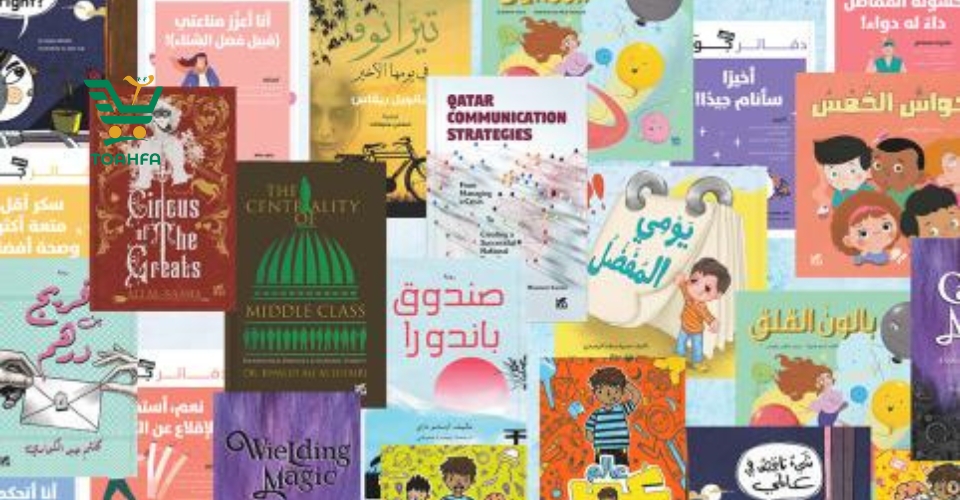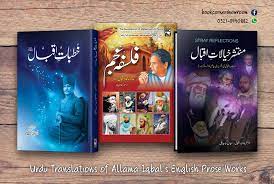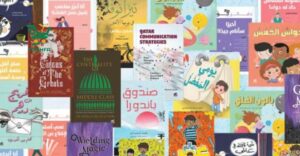For generations, Urdu story books for kids and young generation have been a source of wonder and learning in homes across South Asia and beyond. These vibrant tales, filled with rich cultural references and captivating characters, not only entertain children but also nurture their imagination, language skills, and understanding of the world.
The Power of Storytelling in Urdu
Storytelling is a fundamental human experience, and Urdu story books for kids carry on this tradition in a beautiful and engaging way. The melodic language of Urdu, with its poetic rhythm and evocative words, breathes life into these stories. Children are captivated by the sound of the language itself, even before they fully grasp the meaning.
Urdu story books for kids often feature folktales, fables, and classic myths passed down through generations. These stories hold valuable lessons about honesty, kindness, courage, and resilience. They introduce children to the rich cultural heritage of the Urdu-speaking world, with its unique customs, traditions, and values.
A World of Genres to Explore
The world of Urdu story books for kids is vast and diverse. Here are some popular genres to explore:
- Folktales: These timeless stories, often featuring talking animals or magical creatures, offer valuable life lessons in a fun and engaging way. Popular examples include “Sher aur Chuha” (The Lion and the Mouse) and “Bakri aur Geydar” (The Goat and the Jackal).
- Fables: Similar to folktales, fables use animals as characters to convey moral messages. Stories like “Kachua aur خرگوش (Kachua aur Khargosh)” (The Tortoise and the Hare) teach children about perseverance and the importance of slow and steady progress.
- Classic Myths: Urdu story books for kids often introduce them to the fascinating world of mythology. From the adventures of Heer Ranjha to the tales of Sohni Mahiwal, these stories capture the imagination and provide a glimpse into the historical and cultural context of the region.
- Modern Stories: Alongside traditional tales, there’s a growing number of contemporary Urdu story books for kids. These stories address modern-day themes like environmental awareness, friendship, and technology.
Benefits of Reading Urdu Story Books for Kids
There are numerous benefits associated with introducing children to Urdu story books for kids. Here are a few key advantages:
- Language Development: Reading Urdu stories exposes children to new vocabulary, sentence structures, and the beautiful flow of the language. This helps them develop strong oral and written communication skills in Urdu.
- Cultural Awareness: These stories immerse children in the rich cultural tapestry of the Urdu-speaking world. They learn about customs, traditions, and values, fostering a sense of identity and belonging.
- Imagination and Creativity: Urdu story books for kids spark a child’s imagination and fuel their creativity. Vivid descriptions and fantastical elements transport them to new worlds and encourage them to think outside the box.
- Moral Development: Many Urdu stories for kids carry valuable moral lessons. They teach children about right and wrong, the importance of honesty, kindness, and respect for others.
- Bonding and Connection: Reading Urdu stories together as a family creates a warm and loving atmosphere. It’s a wonderful way to connect with your children and share the joy of language and storytelling.
Finding the Perfect Urdu Story Books for Kids
With such a wide variety of Urdu story books for kids available, choosing the right ones for your child’s age and interests can be overwhelming. Here are some tips:
- Consider your child’s age: Look for books with age-appropriate vocabulary, sentence structure, and story complexity. Younger children will enjoy short, colorful stories with simple illustrations, while older children can handle more intricate plots and longer narratives.
- Choose books with engaging illustrations: Eye-catching illustrations can draw children into the story and enhance their understanding. Look for vibrant colors and detailed illustrations that complement the narrative.
- Select stories based on your child’s interests: Does your child love animals? Look for stories featuring talking animals. Are they fascinated by fantastical creatures? Explore stories with fairies, genies, and other magical beings.
- Read reviews and recommendations: Online resources and bookstores often offer reviews and recommendations for Urdu story books for kids. This can help you narrow down your choices and find books that are well-received by parents and children alike.
Ultimately, the best way to choose Urdu story books for kids is to get them involved! Take them to a bookstore or library and let them explore the options. Encourage them to pick stories that grab their attention and pique their curiosity.
Conclusion
Urdu story books for kids are more than just a source of entertainment; they are a bridge to a rich cultural heritage and a powerful tool for language development. By introducing children to these stories, we are nurturing their imagination, fostering cultural awareness.







